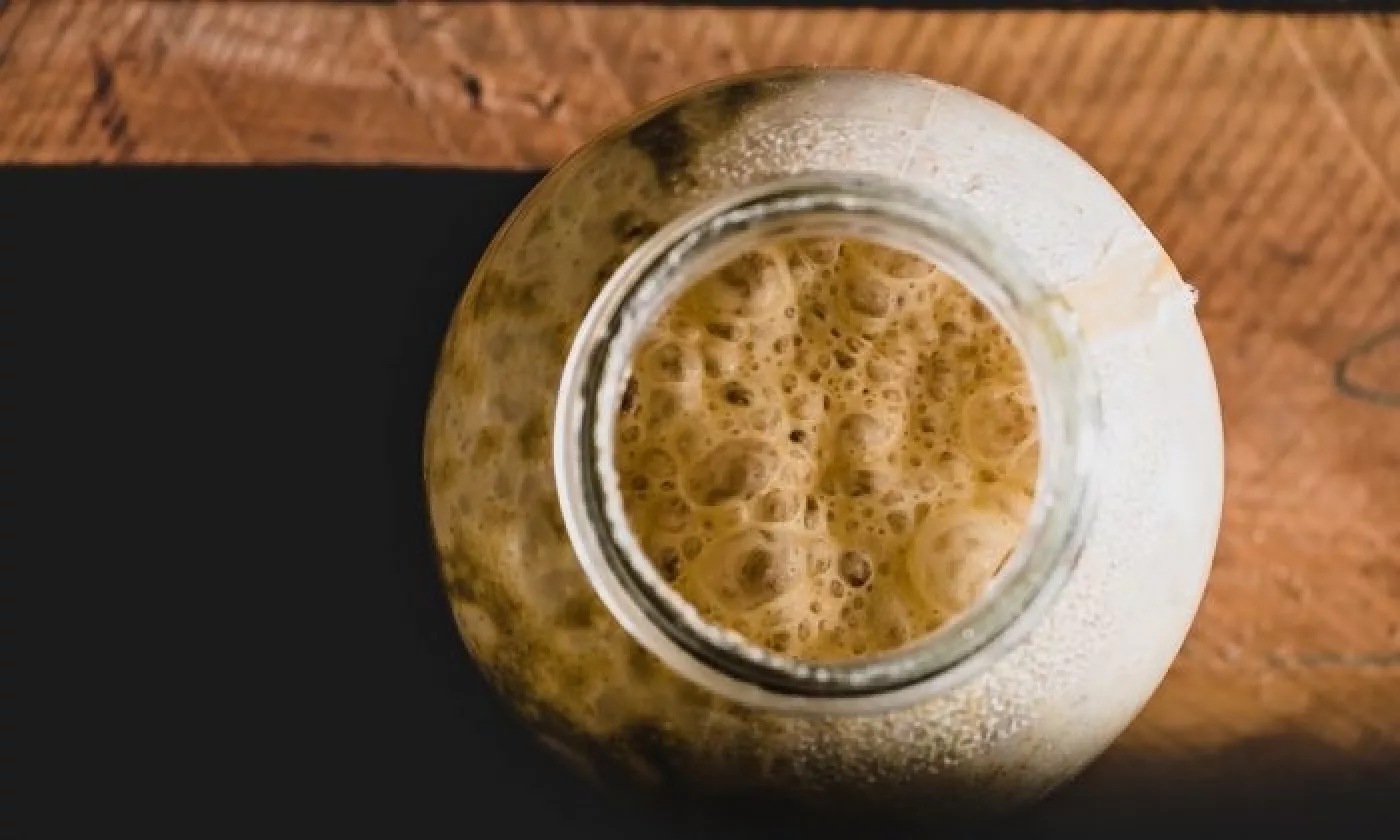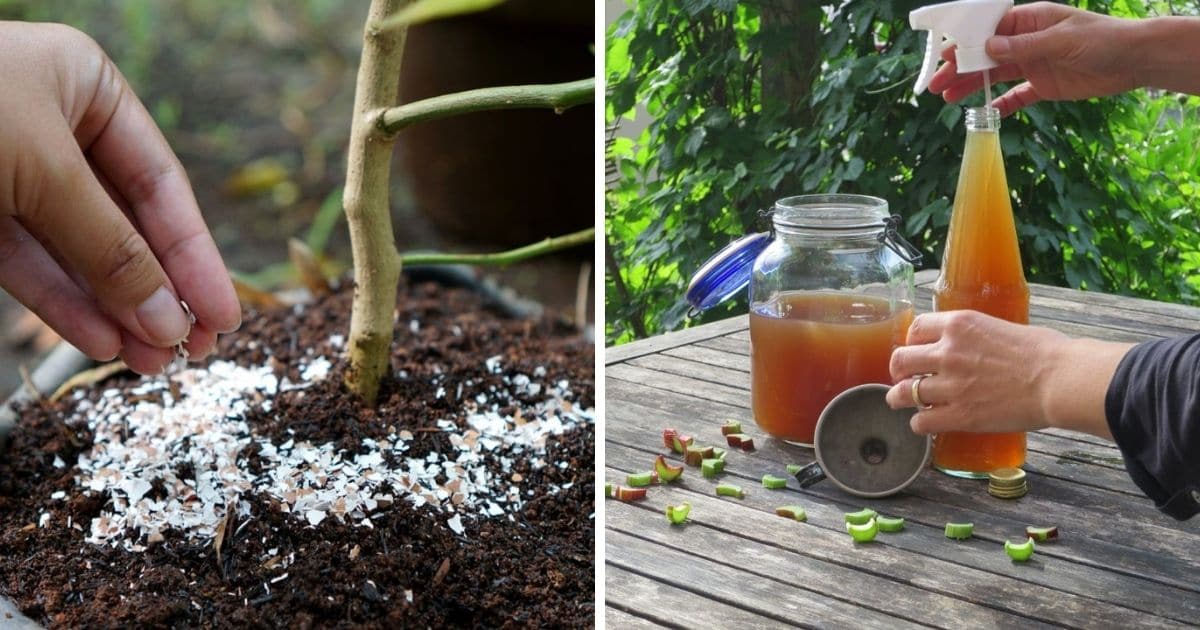Easy And Affordable Homemade Fertilizers For Flowering Plants
Easy and Affordable Homemade Fertilizers for Flowering Plants
Flowering plants are a joy to behold, but they can be a bit high-maintenance. One way to keep your flowering plants healthy and blooming is to fertilize them regularly. However, store-bought fertilizers can be expensive and contain harsh chemicals. If you're looking for a more natural and affordable way to fertilize your flowering plants, there are a few easy and effective homemade fertilizers you can make at home.
In this blog post, we'll discuss five of the best homemade fertilizers for flowering plants. We'll also provide instructions on how to make each fertilizer and how often to use it. So whether you're a beginner gardener or a seasoned pro, you'll find something helpful in this post.
Here are the five best homemade fertilizers for flowering plants:
- Eggshell fertilizer. Eggshells are a great source of calcium, which is essential for plant growth. To make eggshell fertilizer, simply crush eggshells into a fine powder. Then, mix the powder with water at a ratio of 1 part eggshell powder to 4 parts water. Let the mixture sit for a few days, then strain it and dilute it with water to a concentration of 1 part fertilizer to 10 parts water. Apply the fertilizer to your plants every few weeks.
- Coffee grounds fertilizer. Coffee grounds are another great source of nitrogen, which is another essential nutrient for plant growth. To make coffee grounds fertilizer, simply collect your used coffee grounds and spread them around the base of your plants. You can also mix coffee grounds into the soil when you're planting or transplanting your plants.
- Banana peel fertilizer. Banana peels are a good source of potassium, which helps plants produce flowers and fruits. To make banana peel fertilizer, simply chop up banana peels and bury them in the soil around your plants. You can also dry banana peels and grind them into a powder, then mix the powder with water and apply it to your plants as a fertilizer.
- Yeast fertilizer. Yeast is a good source of nitrogen and phosphorus, which are both important nutrients for plant growth. To make yeast fertilizer, simply dissolve 1 teaspoon of active dry yeast in 1 cup of warm water. Let the mixture sit for 10 minutes, then stir in 1 tablespoon of molasses. Apply the fertilizer to your plants every few weeks.
- Compost tea fertilizer. Compost tea is a liquid fertilizer that is made by brewing compost. To make compost tea, simply add 1 cup of compost to a gallon of water and let it steep for 24 hours. Then, strain the tea and apply it to your plants.
How often should you use homemade fertilizers?
The frequency with which you should use homemade fertilizers will depend on the type of fertilizer you're using and the needs of your plants. In general, you should use eggshell fertilizer, coffee grounds fertilizer, and banana peel fertilizer every few weeks. Yeast fertilizer and compost tea fertilizer can be used more frequently, such as once a week or even once a day.
Here are some tips for using homemade fertilizers:
- Always dilute homemade fertilizers before applying them to your plants. This will help prevent the fertilizers from burning your plants.
- Test the pH of your soil before applying any fertilizer. This will help you determine which nutrients your plants need and how much fertilizer to use.
- Apply homemade fertilizers to the soil around your plants, not directly to the leaves.
- Water your plants thoroughly after applying fertilizer.
Using homemade fertilizers is a great way to save money and keep your flowering plants healthy and blooming. With a little bit of effort, you can make your own effective and affordable fertilizer that will help your plants thrive.
If you're looking for a natural and effective way to boost the growth of your flowering plants, look no further than homemade fertilizer. There are many different recipes out there, but some of the most popular include:
- Coffee grounds: Coffee grounds are a great source of nitrogen, which is essential for plant growth. Simply add a layer of coffee grounds to the top of your soil and let them break down over time.
- Eggshells: Eggshells are a good source of calcium, which helps to strengthen plant cell walls. To make eggshell fertilizer, simply crush eggshells into a fine powder and mix them with water. Apply the mixture to your plants' soil once a month.
- Yogurt: Yogurt is a good source of probiotics, which can help to improve plant health. To make yogurt fertilizer, simply add a cup of yogurt to a gallon of water and let it sit for a few days. Strain the mixture and apply it to your plants' soil once a week.
No matter which recipe you choose, homemade fertilizer is a great way to give your flowering plants the nutrients they need to thrive. For more information about making homemade fertilizer, visit Garden Wiki.
FAQ of best homemade fertilizer for flowering plants
What are the best homemade fertilizers for flowering plants?
There are many different homemade fertilizers that can be used to promote flowering in plants. Some of the most popular options include:
- Coffee grounds: Coffee grounds are a good source of nitrogen, which is essential for plant growth. They can be added to the soil around flowering plants or brewed into a liquid fertilizer.
- Banana peels: Banana peels are a good source of potassium, which is important for flowering. They can be chopped up and added to the soil or brewed into a liquid fertilizer.
- Eggshells: Eggshells are a good source of calcium, which is important for plant health and flowering. They can be crushed up and added to the soil or brewed into a liquid fertilizer.
- Grass clippings: Grass clippings are a good source of nitrogen and other nutrients. They can be added to the soil around flowering plants or composted and used as a fertilizer.
- Compost: Compost is a great all-purpose fertilizer that can be used for flowering plants and other types of plants. It is made from a variety of organic materials, including food scraps, yard waste, and manure.
How often should I fertilize my flowering plants with homemade fertilizer?
The frequency with which you fertilize your flowering plants with homemade fertilizer will depend on a number of factors, including the type of plant, the climate, and the soil quality. In general, you should fertilize your plants once a month during the growing season. You may need to fertilize more often if your plants are growing in poor soil or if they are not getting enough sunlight.
How much homemade fertilizer should I use?
The amount of homemade fertilizer you use will depend on the size of your plants and the type of fertilizer you are using. In general, you should start with a small amount of fertilizer and increase the amount as needed. You should also avoid over-fertilizing your plants, as this can damage their roots and leaves.
What are the benefits of using homemade fertilizer?
There are many benefits to using homemade fertilizer, including:
- It is a more natural and sustainable option than commercial fertilizers.
- It is often less expensive than commercial fertilizers.
- It can help to improve the quality of your soil.
- It can help to reduce the risk of plant diseases and pests.
- It can help to promote flowering and other plant growth.
What are the risks of using homemade fertilizer?
There are some potential risks associated with using homemade fertilizer, including:
- It may not contain the right balance of nutrients for your plants.
- It may not be as effective as commercial fertilizers.
- It may contain harmful bacteria or pests.
- It may not be safe to use around children or pets.
If you are considering using homemade fertilizer, it is important to do your research and choose a recipe that is safe and effective for your plants. You should also start with a small amount of fertilizer and increase the amount as needed.
Image of best homemade fertilizer for flowering plants
Here are 5 different images of "best homemade fertilizer for flowering plants" from Pinterest:
- Coffee grounds: Coffee grounds are a great source of nitrogen, which is essential for flowering plants. You can simply sprinkle coffee grounds around the base of your plants or mix them into the soil.

- Eggshells: Eggshells are another good source of nitrogen. To make eggshell fertilizer, crush eggshells into a fine powder and mix them with water. Let the mixture sit for a few days, then strain it and apply it to your plants.

- Yeast: Yeast is a good source of phosphorus and potassium, which are also important nutrients for flowering plants. To make yeast fertilizer, dissolve 1 teaspoon of active dry yeast in 1 cup of warm water. Let the mixture sit for 10 minutes, then dilute it with 4 cups of water. Apply the fertilizer to your plants every 2 weeks.

- Flour: Flour is a good source of sulfur, which is another important nutrient for flowering plants. To make flour fertilizer, mix 1 tablespoon of flour with 1 gallon of water. Apply the fertilizer to your plants every 2 weeks.
- Compost: Compost is a rich source of all the nutrients that flowering plants need. To make compost, simply collect organic materials like vegetable scraps, fruit peels, and coffee grounds. Put the materials in a compost bin or pile and let them break down over time. Once the compost is finished, you can use it to fertilize your flowering plants.


Post a Comment for " Easy And Affordable Homemade Fertilizers For Flowering Plants"